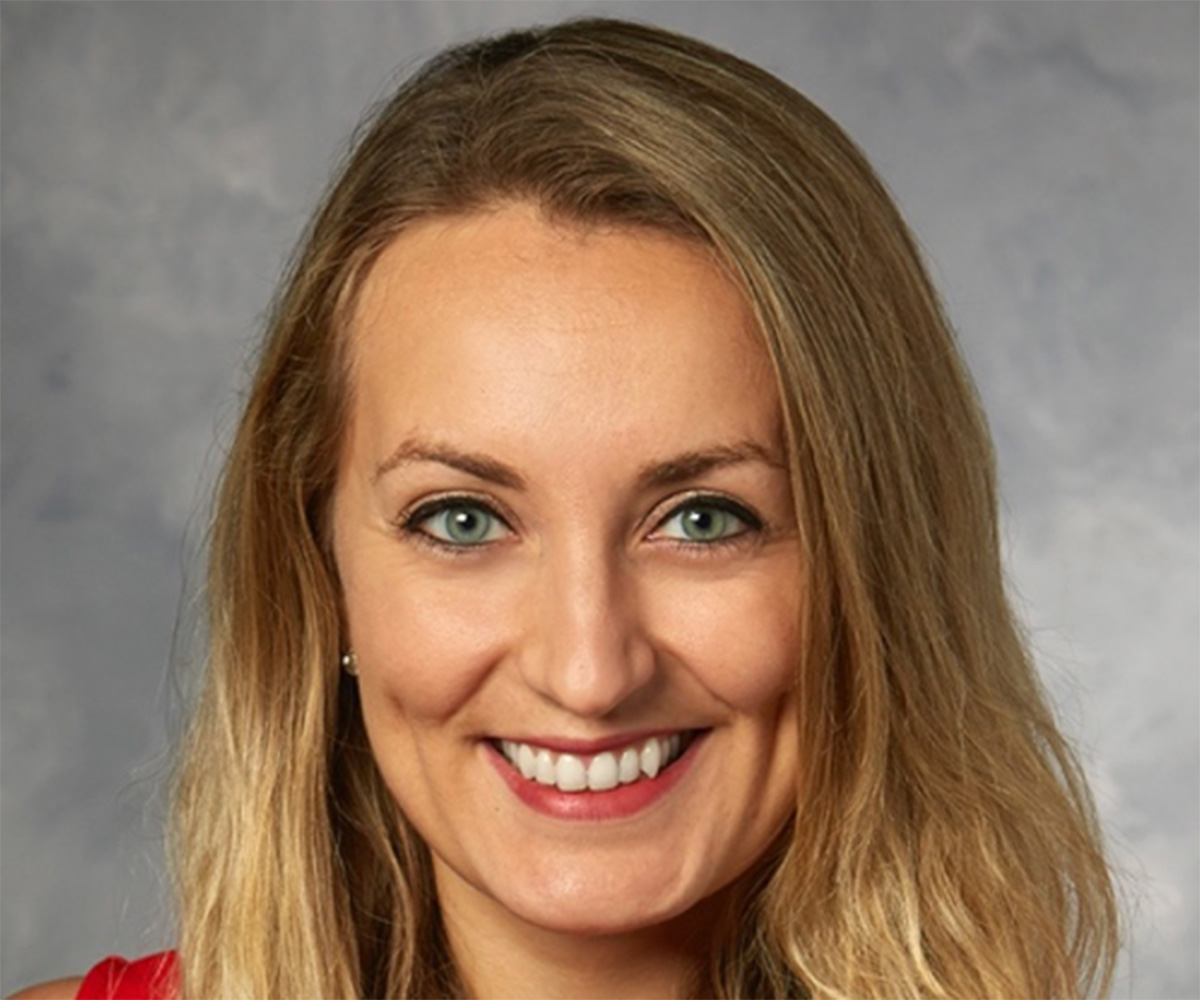

Treatment-refractory or relapsed acute myelogenous leukemia (AML) is treated with allogeneic hematopoietic stem cell transplantation (HSCT). In allo-HSCT, the patient’s HSCs and leukemic stem cells (LSCs) are both eliminated with high-dose genotoxic chemotherapy and irradiation in a “conditioning” regimen before HSCT. But nearly a quarter of children with AML relapse following HSCT, and half succumb to disease or to treatment-related morbidities within 5 years. Researchers led by Ludwig Stanford’s Quenton Bubb and Agnieszka Czechowicz reported in a January paper in Molecular Therapy Oncology proof of concept for a new tool to reduce the morbidity stemming from HSCT itself. Their strategy employs novel chimeric antigen receptor (CAR)-T cells for both anti-leukemic therapy and HSCT conditioning. The cells are engineered with CARs that, uniquely, simultaneously target three cytokine receptors (KIT, MPL and FLT3) expressed by both LSCs and healthy HSCs. These “extracellularly linked concatemeric trivalent cytokine” (ELECTRIC) CAR-T cells, they propose, would eliminate the need for chemotherapy or irradiation in the conditioning regimen. Quenton, Agnieszka and colleagues showed that ELECTRIC CARs exhibit potent cytotoxicity against normal and malignant hematopoietic cells in vitro and display activity against cells bearing the targeted cytokine receptors in a murine xenograft model.
Development of multivalent CAR T cells as dual immunotherapy and conditioning agents
Molecular Therapy Oncology, 2025 January 30